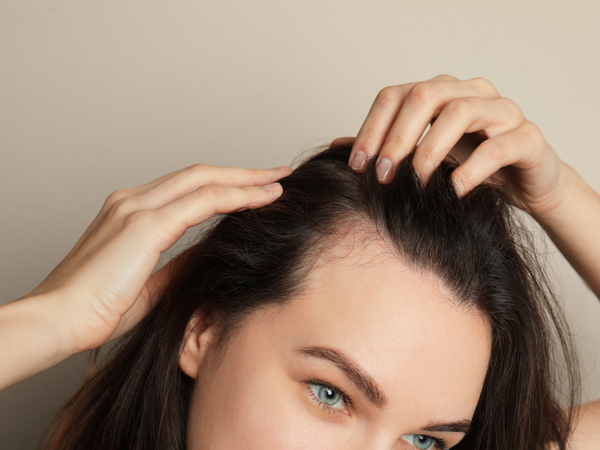How to Dye your Dreadlocks without Breakage

It takes a long time to form dreadlocks and the process of rolling, felting and forming can all put strain on the hair. Once formed dreadlocks can be tough though and you can dye them, at least twice a year without breaking it if you do it the right way.
Particularly if your hair is a 4c afro type, which is already very fragile, you need to be extra careful before considering any additional processing, which is why often, colours will be weaved into the hair, rather than directly dyed.
However, Henna and Indigo, when used in the right way can offer a great natural alternative to dying that doesn’t put the same sort of strain on the hair as traditional box dyes:
Why You Should Avoid Dying Dreadlocks with Commercial Box Dyes:
Dreadlocks are prone to dryness as they form, especially towards the ends. The hair is bound together so tightly, it’s hard for natural oils from the scalp to regularly penetrate the shaft of the loc, leaving it less moisturised.
‘Chemical’ dyes often contain ingredients like PPD (black henna) which is not only irritating for the scalp but also drying for the hair.
Bleaching works by opening up the hair shaft and destroying the natural melanin that gives it colour. The process fundamentally changes the structure of the hair and even strong, healthy hair can struggle not to break, so it really is not advised for locs.
It’s also too hard to get even penetration into the hair shaft, so you’re likely to end up with an uneven, patchy colour result with a lot of orange, not really the best look.
Why you can use Henna on Dreadlocks safely:
Firstly, Henna dye is natural, simpler in its chemical makeup and less drying on hair, especially if paired with indigo (which adds depth to your colour) which can help strengthen your locs naturally.
It’s made with Lawson, which are tannins that stain the hair, and bind to the hair’s keratin, making it stronger.
Secondly, henna can restore the pH level in your hair and scalp and can stay in your dreads for up to 4-6 weeks – ideal if you want to cover greys or darken to a black. It won’t lighten your hair though and cannot be used over bleach, so you still need to be careful.
Henna is usually free from many of the preservatives and penetration agents used in box dyes so it won’t irritate your scalp as badly when left on for even a longer time (but you MUST still carry out a patch test to be safe).
Henna does fade, rather than wash out, so you may need a couple of applications to get to the colour shade you want.
Tips for Dying your Locs with Henna:
1. You need to have enough dye ready for your whole head – if your locks are shorter (1 – 4 years) one box Its Pure natural colour should be enough, if longer you will need at least two
2. Always do a patch test to check for colour times – Henna continues to darken as it oxidises over 48-hours, so you need time to be happy with the result
3. Make sure to part your hair into at least four sections to ensure you get an even coverage
4. Mix your Henna with something acidic. Lemon juice is good for a brighter effect but if your scalp is sensitive try something like a chamomile tea, which is soothing
5. You can add oils, like virgin oil for shine to your henna, but if your locs are thinning at the root, we would definitely suggest a treatment like bhringaraj powder, for reduced breaking
6. Finally, do not allow the henna mix to dry onto your hair, or it will be a challenge to remove.
Cover your scalp with a shower cap, damp towel or beeswax wrap for the whole process



